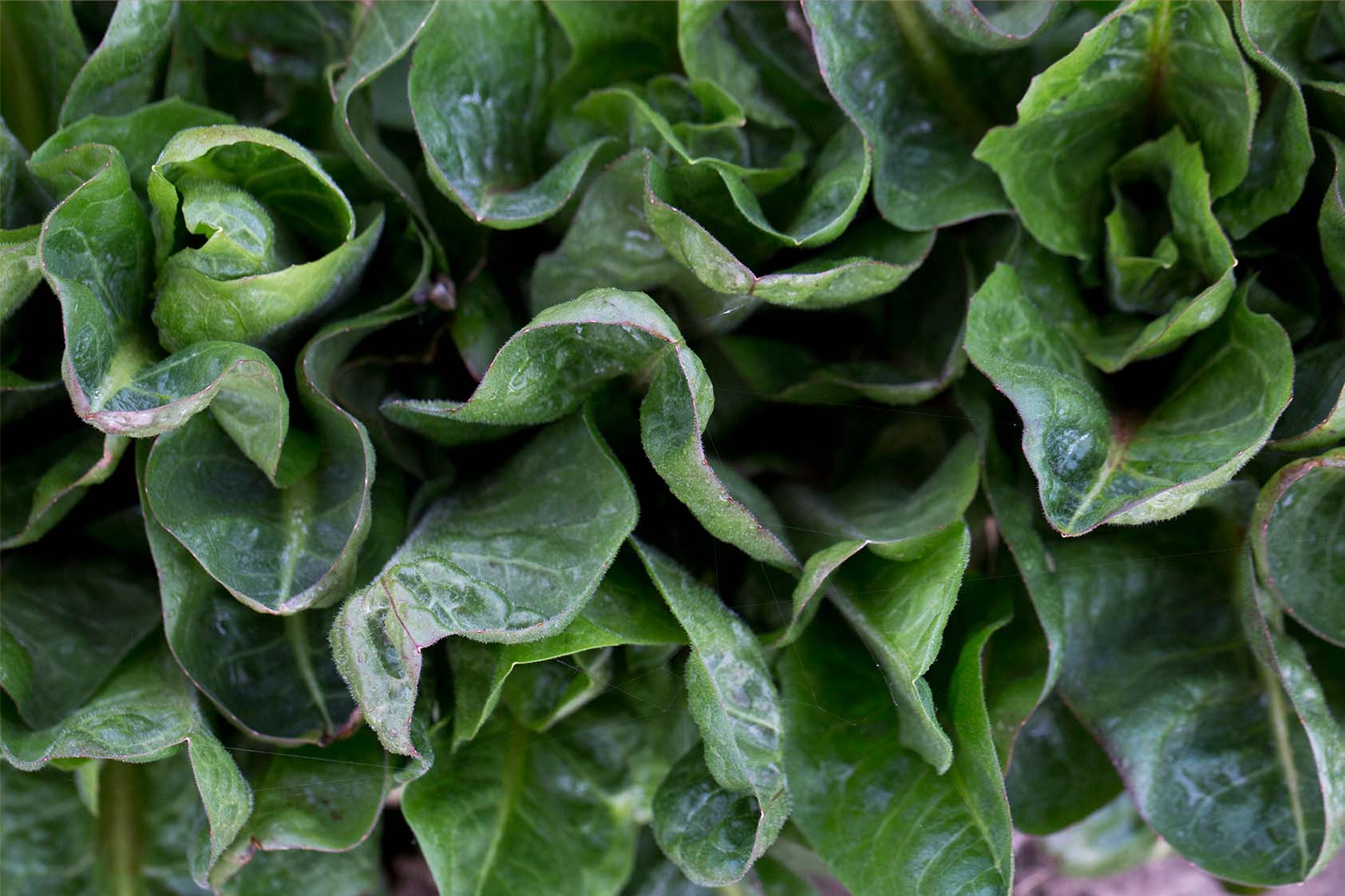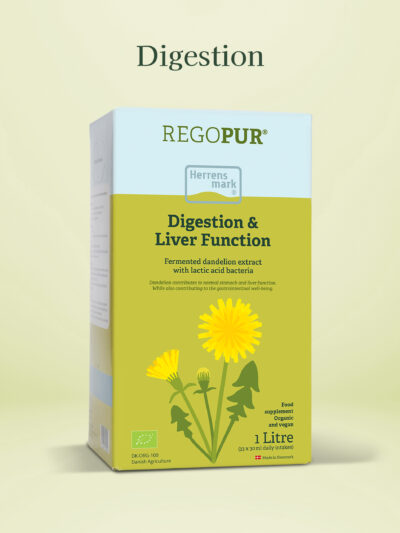Fermentation is a process in which organic materials are acidified or fermented, transforming them through the action of microorganisms such as yeast, bacteria, or other microbes. It is a process that has been used worldwide to extend the shelf life of foods and alter their taste. In other words, it is not a process of decay.
A Well-Known Process
Most people are familiar with foods like sauerkraut, kimchi, and kombucha. However, although we may not think about it daily, we actually consume a significant amount of food that is the result of a fermentation process. Everything from wine, beer, bread, salami, cheese, yogurt, chocolate, and more are fermented products. However, there are different methods of fermentation, such as alcoholic fermentation and lactic acid fermentation. Additionally, the use of sugar brine, salt brine, or dry salting can vary.
How Does Fermentation Work?
All fruits and plants are naturally covered with microorganisms such as bacteria, yeast, and fungi. They are ready to break down the sugars in the plant when it dies. In fermentation, these specific microorganisms are used to convert the sugar in the organic material into substances like lactic acid, acetic acid, or carbon dioxide. This process can be initiated in one of two ways: by using the microorganisms naturally present on the food in nature or by adding a starter culture with known microorganisms.
What Is Lactic Acid Fermentation?
Lactic acid fermentation is a fermentation process that utilizes lactic acid bacteria. One of the most well-known foods in this category is sauerkraut. Sauerkraut is made by shredding and massaging cabbage with salt to extract its liquid. This makes the cabbage’s sugars accessible to the microorganisms naturally present on the leaves. The goal is to create the right conditions for lactic acid bacteria to outcompete other microorganisms. Lactic acid bacteria are relatively salt-tolerant compared to other microorganisms, so achieving the correct salt balance is crucial. It should ideally be around 1-2% of the total organic mass. Additionally, the liquid that is extracted from the leaves, if enough is produced to cover the organic material, creates an oxygen-free environment where lactic acid bacteria thrive.
What Happens During Fermentation?
A typical lactic acid fermentation takes between 21-28 days and is best conducted at temperatures of 18-20 degrees Celsius. In the first few days, specific lactic acid bacteria, such as Leuconostoc mesenteroides, break down the sugars in the cabbage, producing byproducts like lactic acid, acetic acid, and carbon dioxide. Over the first 5-7 days, they create a progressively more acidic environment. This allows more acid-tolerant lactic acid bacteria like Lactobacillus brevis and Lactobacillus plantarum to take over. Unlike L. mesenteroides, these bacteria produce only one product: lactic acid. This further acidifies the food until it reaches a pH value of around 4, at which point only lactic acid bacteria can survive. As long as the fermented material is kept free of oxygen, lactic acid fermentation acts as a natural preservation method.
Fermentation also affects vitamins, minerals, and plant compounds. For example, lactic acid bacteria produce vitamin B2 during fermentation. Furthermore, fermentation alters the body’s ability to absorb various vitamins, minerals, and plant compounds. For instance, plant compounds called isoflavones in red clover are naturally bound to sugar molecules. To pass through the intestinal wall in the small intestine and be absorbed by the body, it is necessary to separate the sugar molecules. If red clover is fermented, however, lactic acid bacteria have already consumed more than 90% of the sugar molecules. The isoflavones are then in an aglycone form – without glucose – and are ready for absorption by the body. Fermented red clover thus has high bioavailability.
What Factors Influence the Fermentation Process?
Several factors influence the final outcome of a lactic acid fermentation. For example, it is essential to use high-quality raw materials, preferably organically grown, as natural microorganisms have not been affected by pesticides. Additionally, hygiene is crucial because bacteria from hands, knives, and other sources can settle on the food and change the result. It is also vital to maintain the right salt balance and temperature during fermentation and keep the organic material oxygen-free. In addition to these relatively controllable factors, external factors such as weather, atmospheric pressure, growing conditions, storage, and even the lunar cycle may also affect the outcome of fermentation.
The Fermented Extracts from Herrens Mark
All of Herrens Mark’s extracts are fermented, which has three primary effects. First, the extracts achieve a pH value of around 4, creating an environment where only lactic acid bacteria thrive, eliminating the need for the addition of alcohol or preservatives. Second, the fermentation of red clover ensures high bioavailability of active plant compounds. Finally, the extracts are not pasteurized, preserving the live lactic acid bacteria. Furthermore, all extracts are delivered in an airtight bag-in-box, ensuring stable, practical, and hygienic packaging.
Feel free to try our recipe for fermented carrots here.




